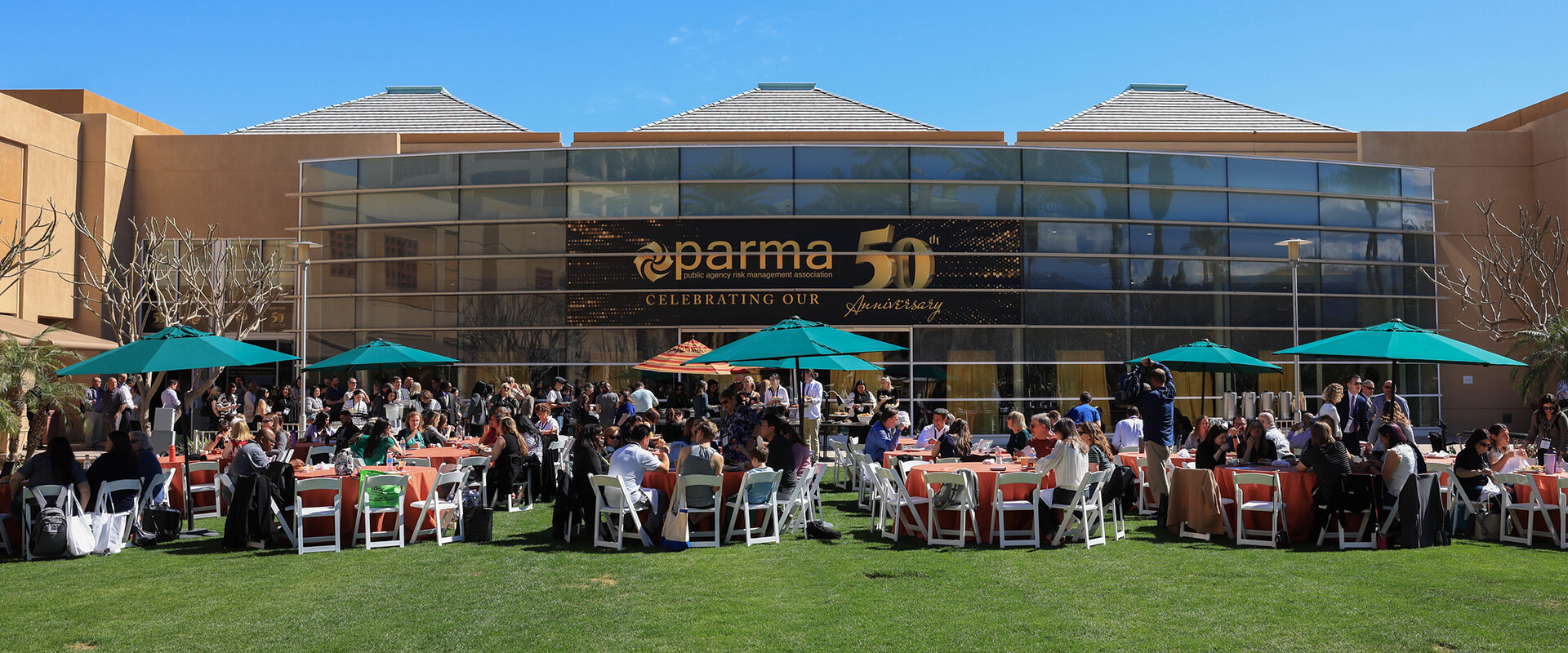(TNS) — Intense mega-fires have become the “new abnormal” in California. The wildfires are out, for now. Thank you, firefighters! But the fight over who should bear the costs of future damage compensation and risk mitigation is heating up.
Citing wildfire liabilities upwards of $30 billion, Pacific Gas and Electric Co., the state’s largest electric utility, recently filed for bankruptcy. Headlines hail this the first of many “climate change bankruptcies.” But climate change is only one factor. These fires would not be so big if we did not send power through thousands of miles of tinderbox forest at high-risk times. Liabilities would not be so large if fewer people lived in high fire-risk areas.
Californians are going to pay, one way or another, to adapt to mounting fire risks. How we adapt will depend in part on how the bill is split, which makes this a first-order policy problem.
Let’s start with how the risks are shared. The majority of firefighting costs and property losses in recent wildfire seasons have been incurred in the “wildland-urban interface” (WUI), where houses are located in or near wildland vegetation. The WUI occupies less than 10 percent of the land area of the United States, but accounts for 43 percent of all new houses built in 1990-2010.











